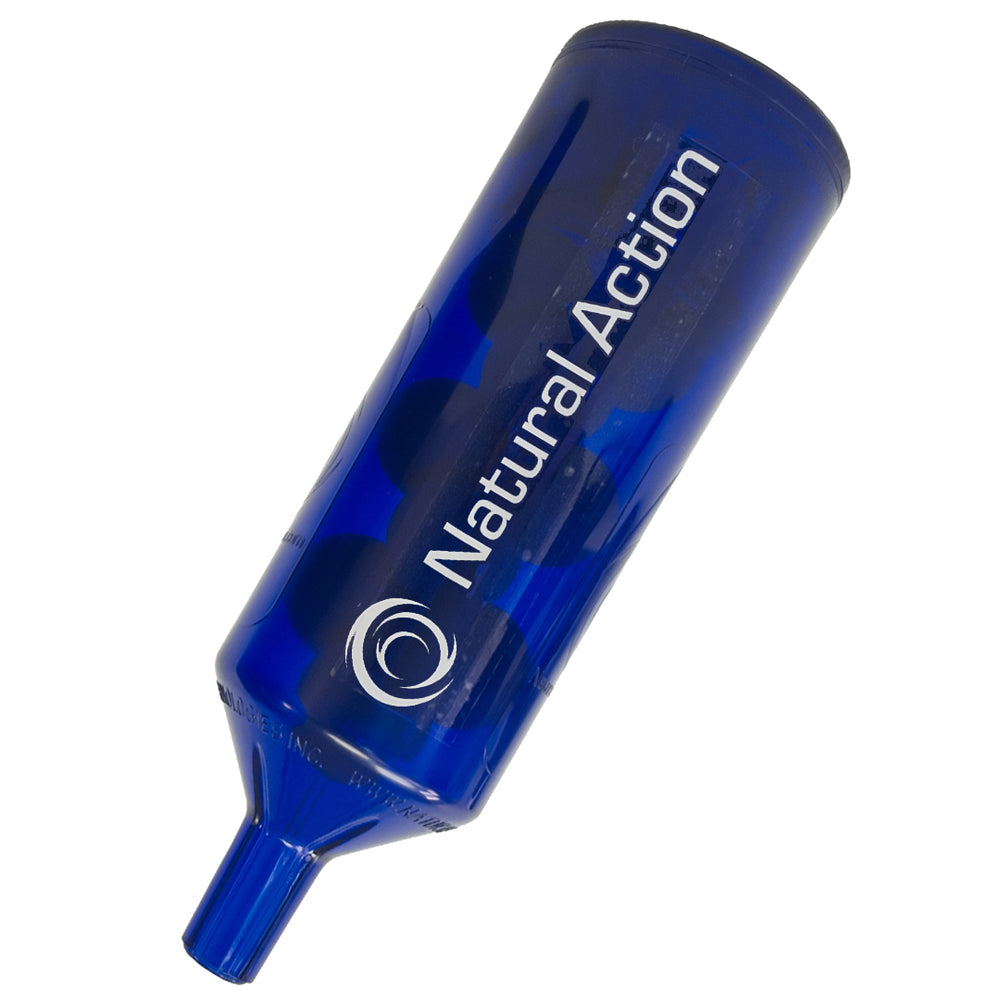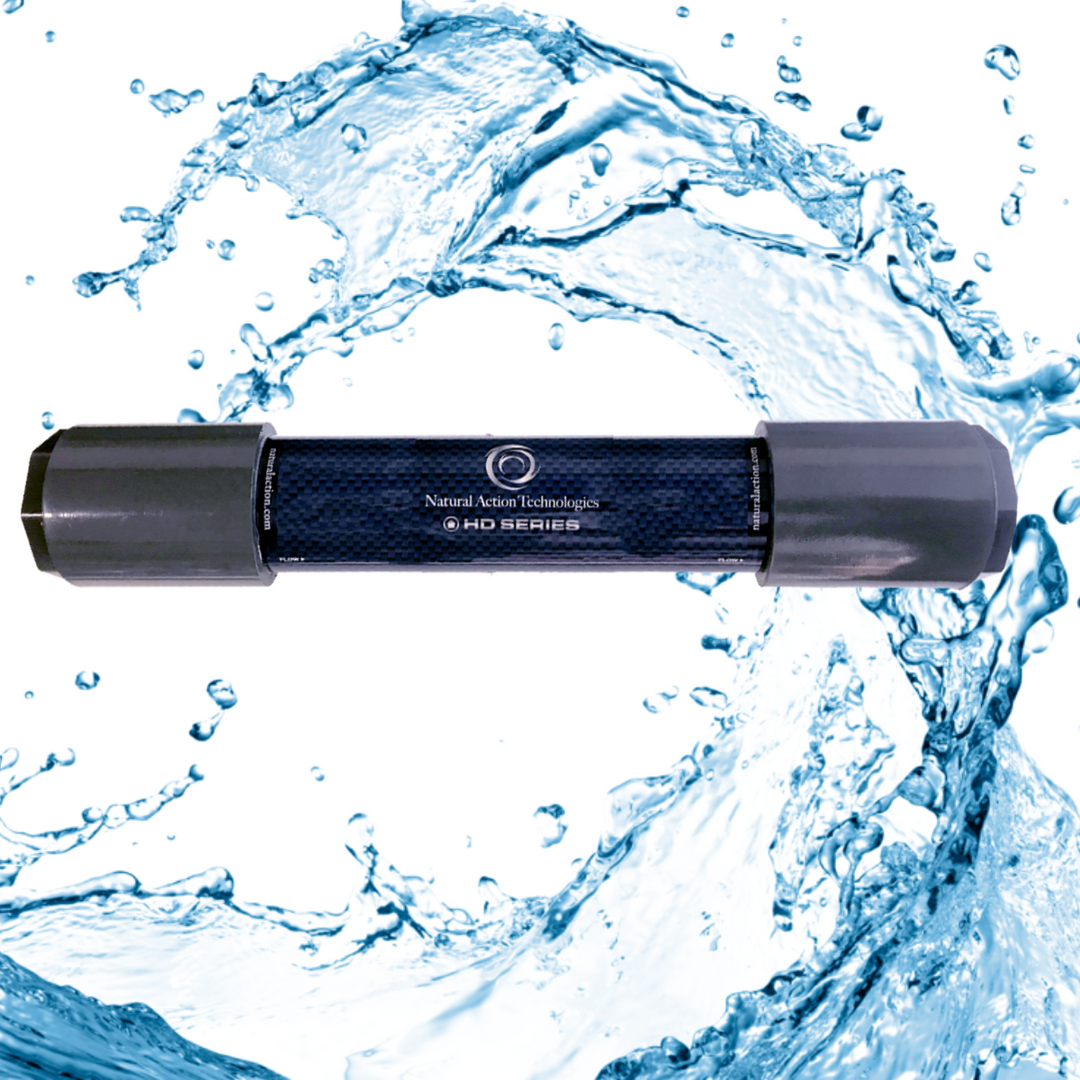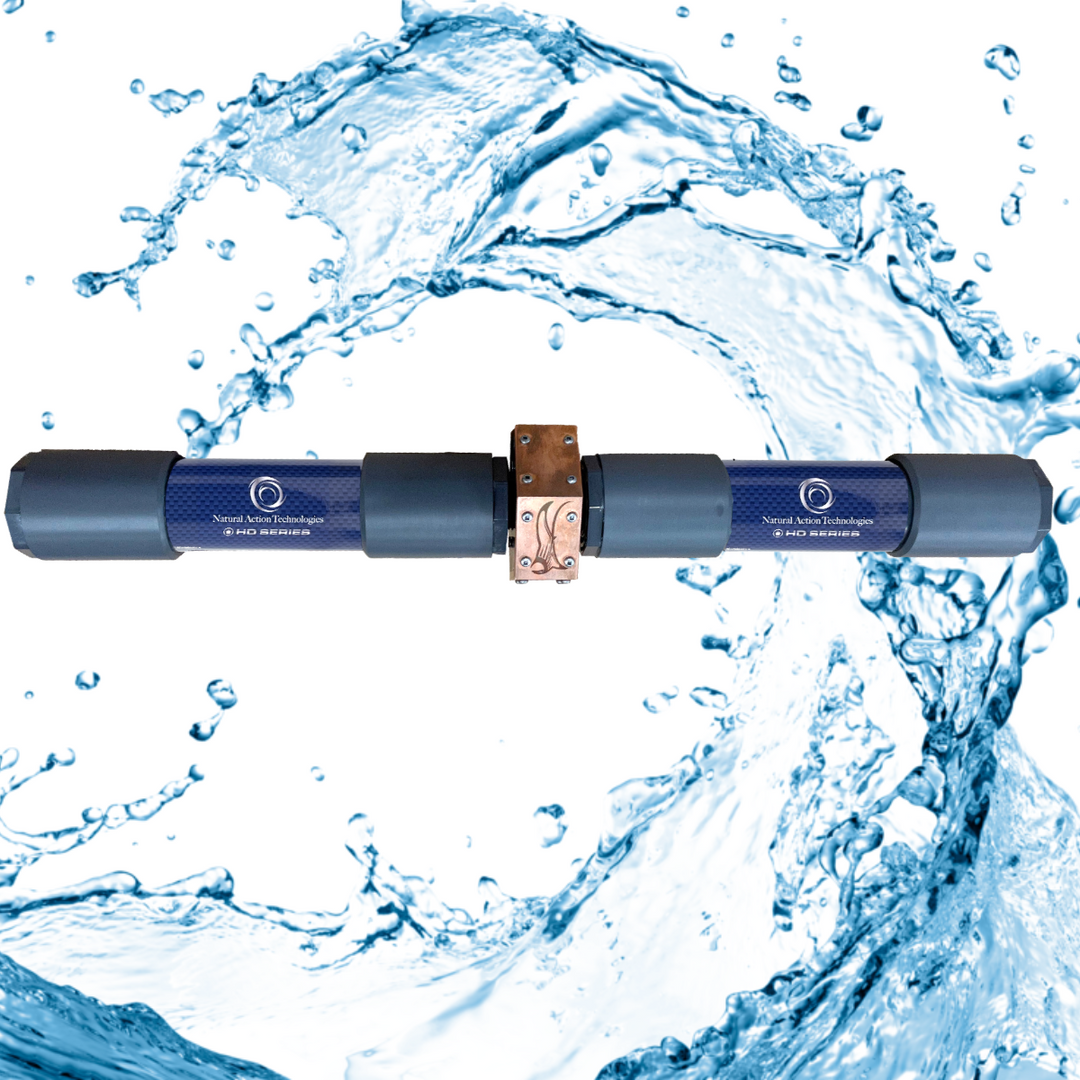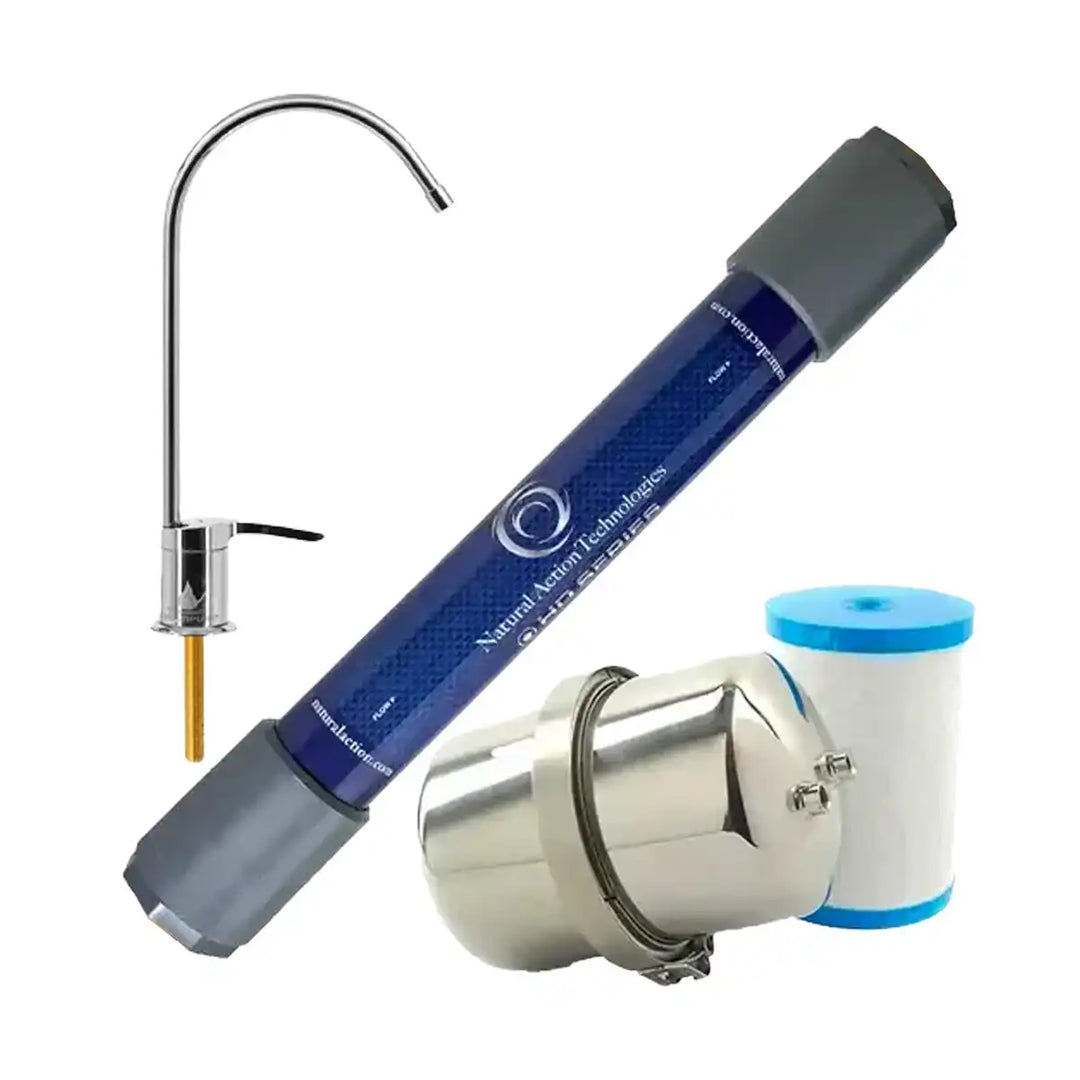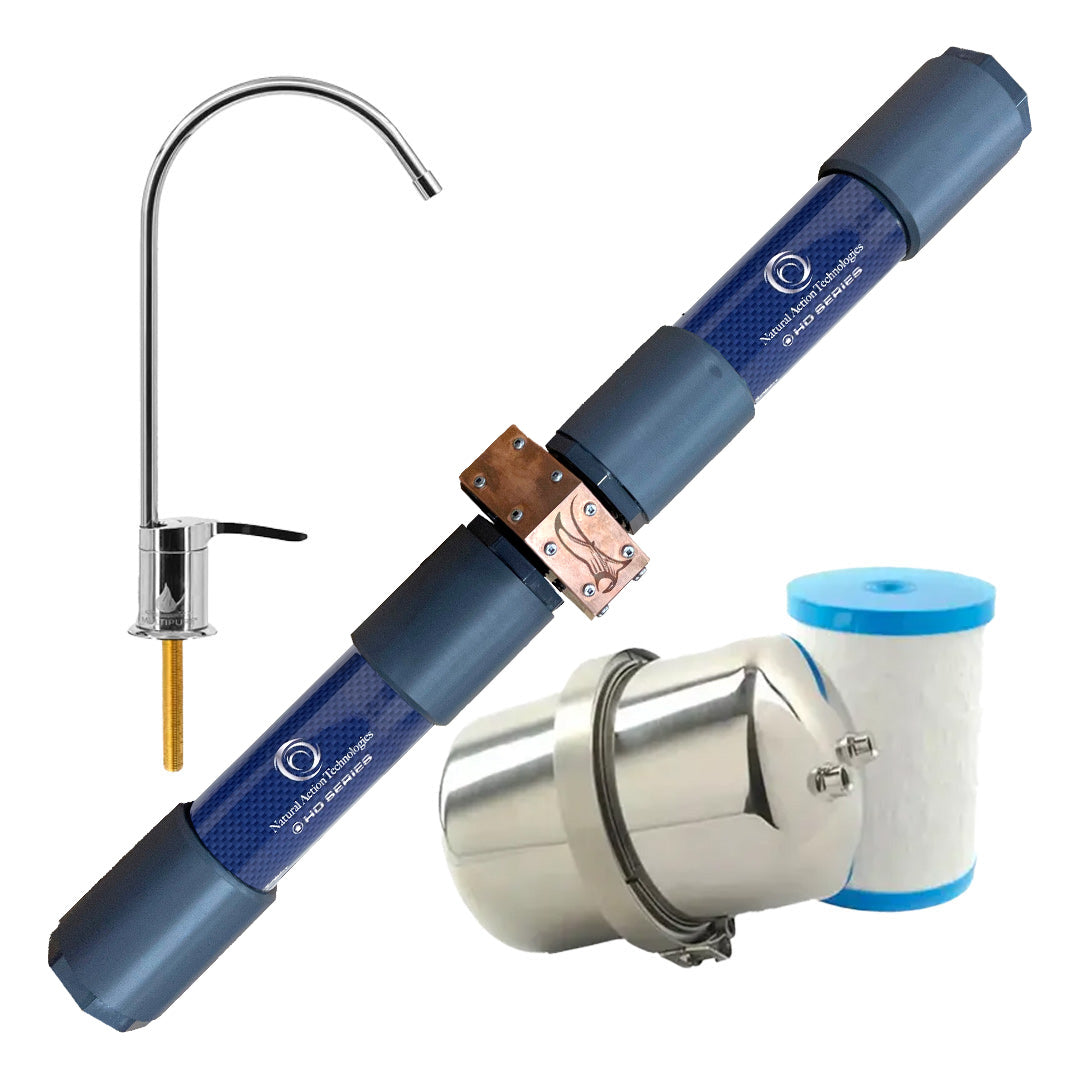By Jonathan Butts
There are times when the waters are calm – but it never lasts for too long.
It was around 2006 and I was living in the Midwest United States. I was working on industrial machines for the steel industry, building custom cars one at a time for customers, and working part time for a small business that sold golf carts, cars, and various other things. I was pretty savvy with internal combustion engines and had just let go of the idea of purchasing or taking over a local engine building machine shop. Its funny sometimes how things converge.
In late 2005, the owner of the steel mill producing company asked me to find a new product to sell to the steel mills. He had done non-conventional dual phase material injection for EAF furnaces for about 20 years. I said, “Give me about a year and I’ll start come up with something”.
In 2007 gas prices were going up and all the rumors were starting. I was at my part time job working on golf carts and the owner pulled me aside and asked me if I would be interested in reviewing a technology that had been lightly circulating in the underground. He figured with my knowledge and training I would be a good guy to see if it was worth investing in.
I was currently getting involved in an Ethanol farming project in my free time on a large level, also spurred by rising gas prices and rumors. I wasn’t really sure about it. The rumor was that water could be converted into a fuel to reduce emissions and gain fuel mileage. I remember debating it for some time and made a few phone calls. They called it HHO, which I immediately assumed indicated mono-atomic conditions, but wasn’t sure about that due to the extremely short half life of hydrogen as a non-diatom.
So, from there the owner and I attended a symposium held at a school/church on the eastern coast which included the usual promoters, but also an executive from Ford Motor Company and some Israeli diplomats. They did some demonstrations of various technologies and made a good case for them. They had my interest. What would unfold in the next few years is a story in itself, but the focus here is ‘how the water flows.’
The claims were 30-50% gains in fuel mileage and good emissions reductions. I told the owner (small business) for this to be possible it could not be hydrogen injection and would have to be a sort of atomic process change, not just a chemical change. I did all the calculations from equations derived from Taylor's books to record the typical argument that so little hydrogen would do nothing to the engine in terms of fuel mileage. It showed the same thing all trained professionals would say: The energy to produce is more than the energy added. (More on that later). My point of the calculation was to show that is what not Hydrogen.
Shortly thereafter, we purchased a kit from the company. I installed it on a 2003 Jeep 4.0. There was a lot of discussion of computer interference with tuning the engines and some control ‘plug in interfaces’ to combat the interference. I understood the engines and all their sensors, the combustion process, and so forth from heavily studying race engines, and had some experiences leaning out carburetors for fuel mileage. I was formally trained and certified directly from Ford Motor company and a heavy study of Professor Charles Taylor from MIT and Smokey Yunick.
From the perspective of conventional hydrogen burns, more would be better in an internal combustion engine and that was the approach that was initially recommended. The point here is not to go down the road of water plasma interface in internal combustion engines (that is a book in itself), but to address its behavior and point out exploitation of different types of energies that are not commonly taught.
It would be fair however, to mention derived results and conclusions, and describe the flow of exploration that ensued from one application to another. Rather than describe all the details, some general principles are worth mentioning, including the end results. They will appeal more to those who are fancy in this particular field (known as HHO), which I would say is poorly understood water plasma functions as applied to IC Engines. And secondarily, to those who are deeply familiar with IC engines.
Overview:
The unit used for the testing were two common ducted ‘wet’ water cells with a common ground and produced about 20 amperes total @13 volts for roughly 260 watts total power, no reactivity considered. (KVA) It produced about 2 Lpm of water plasma gas for the first hour, and then would rapidly degrade into H2O2 like behavior, similar to rocket fuel. Depending on the conditions, the system would completely malfunction at 1-2 hours of operation on the average.
Fuel Mileage Results:
The best recorded results against the best control were as follows:
Control tests: 2003 Jeep Grand Cherokee 4.0L
- 19.8 mpg,
- Freeway relatively flat both ways, 60 miles, cruise control
- Exact consumption fuel measurement
Water Plasma Tests at 1.5 to 2.0 lpm, fed to intake snorkel ahead of throttle body
- Avg. results 36mpg (80%)
- Peak results: 46 mpg (130%)
Peak results were hard to maintain due to the computer kicking out the ‘high lean’ conditions.
Summary:
The substance was clearly not hydrogen by convention. The substance in a minor sense could imply mono atomic in a “break apart” analytic, which was later verified in mass spectral readings.
The system was a pain to maintain and leaked a lot. An AFR meter was installed to check combustion stoichiometry. When the water plasma system was turned on, the AFR ration would drop 1-1.5 points at any point within normal operating range. The computer would allow consistent operation at AFR of 15.6-15.9 while the system was running, which equated to 17.5 AFR while the system was off. The readings would change within a few seconds at the flip of the switch. (this tells a lot about what is going on if you understand water plasma, and what makes it primarily explosive or primarily implosive)
Anecdotal Notes:
In warmer weather, the system overheated rapidly, and the change in AFR would dwindle and rise back up to the tune change, then the computer would flood more fuel into the engine to bring AFR into normal ranges and the whole thing was over. Mileage would return to normal. In colder weather, it would last significantly longer. In weather around 15 degrees consistently, the system worked for 4 hrs. fairly well when the amperage density was dropped by reducing NaOH solution in the cell to about 10 amps total.
It is interesting to note that on a long trip test (1200 miles) that the catalytic converter plugged shortly into the trip after shutting the system off from overheating and rapidly worsened where the vehicle could not maintain 60 mph. When the system would cool down, it could be turned on and the vehicle would easily run down the road at part throttle, and even seemed better than when the cat was flowing. (all though it had little full power throttle still) I drove through the night from Tennessee to Arkansas and into the morning as temperatures rose, the vehicle started dying out again. Plugging cats was common with water plasma systems installed, due to the fact it cleans all the carbon built up in the engine and exhaust. Another reason it wasn't practical for use in vehicles that have been ran for some time conventionally.
During the running of experiments there is no other objective other than observation. The point was to verify and learn about the substance, because any substance that could do as the claims, has use in a lot of places. I could go on and on about IC engines and this application.
The truth is, as a product for installation into cars in the modern era, the product was a mess and should not have been sold the way it was. But hey, great commendation should be made to prove the point: Something special was going on. Maybe it was just marketing genius to introduce the concept that our science was intentionally being constrained.
I will say the inventors of this particular from of water plasma generator did a great job getting it out there, and after working directly with some genius people from that crowd can say they did a great thing. They also know about the general facts aforementioned and have achieved more consistency and much greater results since. The whole thing is quarantined in grass roots and behind closed doors for the most part.
I never measured emissions, but it is clear they are significantly reduced. It’s also worth mentioning that the Ford executive in front of a crowd of 600-1000 people testified that Ford engineers consistently achieved results of around 100 mpg with full size pickups, and with modified engines had achieved 300 mpg with plasma enhancers. The new Ford CEO from Boeing also referred to it indirectly on National News. Later, I would watch some of my friends and associates get falsely hung as frauds on the prime time show 60 Minutes. The show might not have been great, but we were going to get on with it anyways.
Let me also add, ‘spin and tumble’ are extremely important factors in making power in an IC engine. The idea that this substance possessed the ability to impart influence to achieve this in the engine, given all that goes on in the engines, is quite amazing. That’s when I started to toy with the idea of the substance simply being water. And water doesn’t burn. It just changes shape.
After testing for a period in automotive applications, I began modeling fusion science to justify the effect that had been reported by many and recorded by me. I uninstalled the test unit from the vehicle and gave up the $100/month savings in fuel and put it (the system) into my home laboratory for more detailed evaluation.
Many things I learned from the application would allow me to understand and whip up experiments and test apparatuses in the future to get a deeper understanding.
To see how the water flows.
Hope you enjoyed reading Chapter 1: Seeking Water.
Be sure to read Chapter 2 & 3




